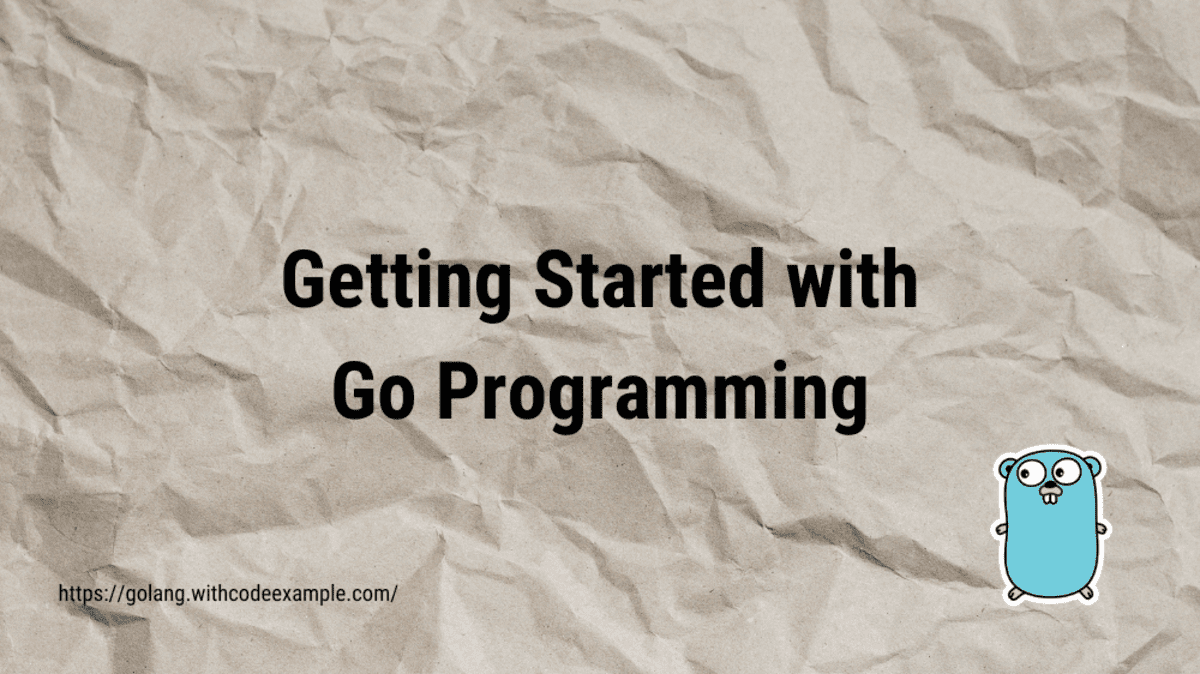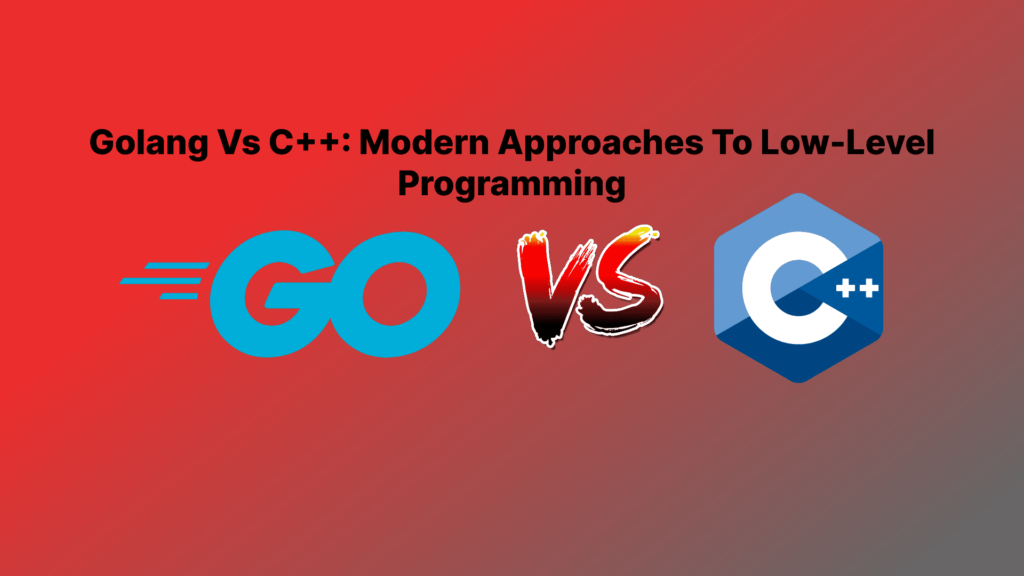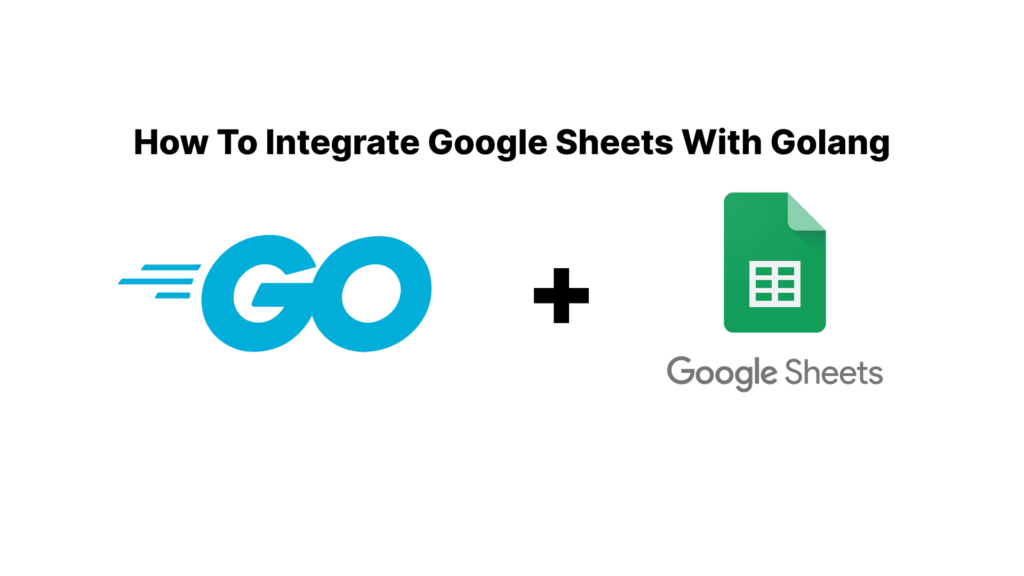Go, also known as Golang, has gained remarkable popularity for its simplicity, performance, and efficiency. In this article, we will dive into the fundamental concepts that form the backbone of the Go programming language. From understanding its syntax and data types to mastering control flow and functions, we’ll equip you with the essentials to embark on your Go programming journey.
Syntax and Structure:
At the heart of every programming language lies its syntax and structure. Go’s design philosophy emphasizes readability and simplicity, making it a favorite among developers. Its clean and straightforward syntax helps in writing concise yet expressive code.
The structure of a basic Go program:
package main
import "fmt"
func main() {
fmt.Println("Hello, Go!")
}
Data Types, Variables, and Constants:
Go supports a variety of data types that enable efficient manipulation of values. Variables act as placeholders for these values, while constants provide fixed, unchanging values throughout the program.
Common data types in Go:
int,float64,bool,string- Custom data types using
struct - Arrays and slices
Declaring variables and constants example:
package main
import "fmt"
func main() {
// Variables
var age int = 25
name := "Alice"
// Constants
const pi = 3.14159
fmt.Printf("Name: %s, Age: %d\n", name, age)
fmt.Printf("Value of pi: %f\n", pi)
}
Control Flow Statements:
Control flow statements determine the order in which instructions are executed in a program. Go provides various control flow mechanisms, including if statements, switch statements, and loop constructs like for.
Using if statement example:
package main
import "fmt"
func main() {
age := 18
if age < 18 {
fmt.Println("You're a minor.")
} else if age >= 18 && age < 60 {
fmt.Println("You're an adult.")
} else {
fmt.Println("You're a senior citizen.")
}
}
Implementing a switch statement for multiple conditions example:
package main
import "fmt"
func main() {
day := "Monday"
switch day {
case "Monday":
fmt.Println("It's Monday, time to start the week!")
case "Friday":
fmt.Println("It's Friday, the weekend is near.")
default:
fmt.Println("It's a regular day.")
}
}
Functions, Parameters, and Return Values:
Functions are integral to any programming language, allowing you to organize code into reusable blocks. Go’s functions can accept parameters and return values, contributing to modular and efficient code development.
Defining and calling a function example:
package main
import "fmt"
func greet(name string) {
fmt.Printf("Hello, %s!\n", name)
}
func main() {
greet("Alice")
greet("Bob")
}
Functions with return values example:
package main
import "fmt"
func add(a, b int) int {
return a + b
}
func main() {
result := add(5, 7)
fmt.Println("Sum:", result)
}
Conclusion:
This article has provided a solid foundation for anyone venturing into the world of Go programming. From understanding the language’s syntax and data types to mastering control flow statements and functions, you’re now equipped to start building your own Go applications. As you continue your journey, you’ll discover the true power and elegance of Go, enabling you to create efficient, scalable, and maintainable software solutions.
Remember, this is just the beginning. Dive deeper into Go’s documentation, explore its standard library, and practice coding to fully harness the capabilities of this versatile programming language. Happy coding!




